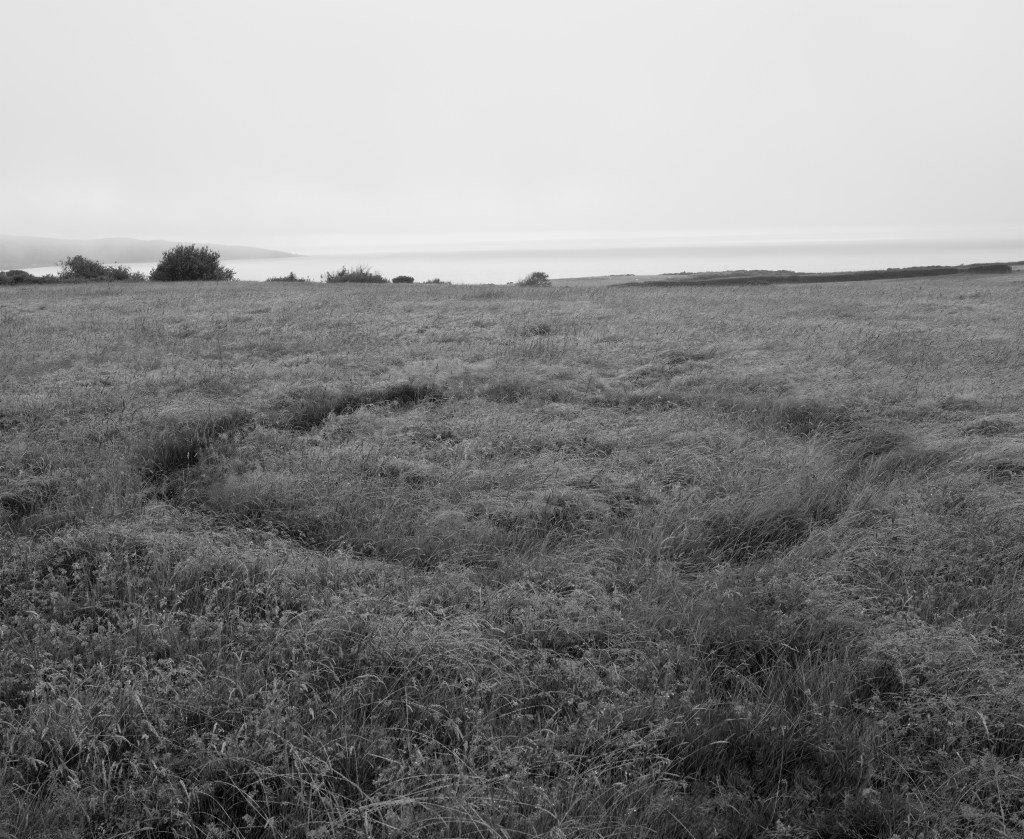Y Cae / The Field
Art Ecology Project, May 2023

Ffynnonofi, Wales April 2022 – May 2023

Y Cae is an experimental 12 acre ‘space’ adjacent to Mike Perry’s studio at Ffynnonofi, Pembrokeshire, Wales. Working with ecologists, academics, writers and artists Mike is exploring ways of restoring biodiversity and engaging artistically with farmland historically dominated by sheep grazing. The first year of the project has focused on getting the land fenced off from sheep and Welsh mountain ponies to allow grasses and saplings to come through and to develop a planting and overall vision for the space. Input from ecologists, farmers, small scale rewilders, National Parks.

Generating biodiversity is complex and an imperfect science that is changing by the day. General agreement for the need to create a varied mosaic of areas to establish different micro climates and habitats.

Solstice Trees. Planted 21.12.22….to join two wooded sections to create continuous corridor


Measuring growth for saplings, May 2023
An important finding for us has been to see how much faster saplings have grown when protected by gorse from north and westerly winds. Growing 3 – 5 times faster than saplings in open fields. Gorse and Brambles really are the mothers of trees. Using traditional recycled plastic tree guards plus testing more eco friendly cardboard guards. We also started comparing the growth of the native trees like Willow as well as the Oaks. Many ecologists believe our ‘outcast’ scrub trees can capture carbon faster than the slow growing yet higher status hardwood species like Oak.

Learnings include : Thick grasses potentially better than wildflower meadows as they create more habitats for invertebrates/voles etc, Looser and staggered planting better than uniform high density planting, Bracken and Gorse not the enemy but great wind protection for saplings, Light grazing better than no grazing as adds manure, roughs up ground for seeds and keeps brambles down, linked up corridors are better than isolated fields as allows species to move between habitats, mosaic and complex structures better than straight lines and formal planning, open ended experimental headset better than traditional conservation targets headset.

Test square for wildflowers

We’ve been amazed how many wild flowers were lying dormant in the soil. This summer huge parts of the field were covered in Birds Foot Trefoil and other wildflowers, such a good flower for butterflies and moths. One day I made a 3 metre circle in the grass and counted over 100 moths in this small area.

The wettest part of the site excited the ecologists most. We have avoided planting Alders and water absorbing trees here to keep the area boggy and ripe for biodiversity. Considering pond but worried about diverting waterway. Unfortunately, Hemlock is growing fast along the water channels. This may be a sign that there is high concentrations of nitrates perhaps further up the stream. Nitrates from farm slurry run off and wind born particles are an increasing problem across Wales.


Thanks to Ann Jones, Bronwen Colquhoun, Stephen Tooth, Chris Coppock and Carys Mol for great inputs and discussion.
← Back